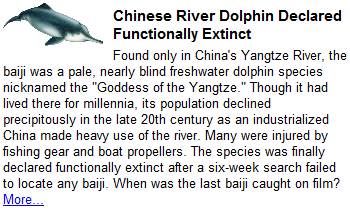Companies paying dividends can be valued using the Dividend Discounting Model and companies that do not pay dividends because they want to invest their earnings to expand further can be valued using Earnings Capitalization Method.
But what about companies that have been generating negative earnings and have never paid dividends?? In this case we discount the expected cash flows, using Discounting Cash Flow Method (DCF). According to experts, cash flows are a better projection of a company’s fundamentals. While earnings can be dressed up easily by manipulating income and expenses, manipulating cash flows is extremely difficult. Cash Flow Statement of a company is a true reflection of its income generation capacity, asset efficiency and how efficiently it employs its capital structure. Moreover, unlike cash flows, profitability does not necessarily indicate solvency.
The cash flows used in this valuation technique are Free Cash Flows (FCF), which are calculated as below:
FCF = Operating Profit + Depreciation + Amortized Goodwill – Capital Expenditure – Cash Taxes Paid – Change in Working Capital
Alternatively, it can also be calculated as:
FCF = Cash Flows generated from Operations – Capital Expenditure
From the above calculations, it is evident that negative FCF is not necessarily bad as it may also suggest that the company is making significant capital investment towards expansion, thus increasing its potential to earn higher returns in future.
Discount rate used to discount FCF should ideally be Weighted Average Cost of Capital (WACC). Besides valuing a business, DCF can also be used to estimate the value of a new project in isolation. If DCF of a project is higher than the initial investment required, it is worth taking up. In this case, cash outflows for the project would include:
- Initial Investment
- Expenses incurred during the life of the project
- Interest paid on borrowed capital
- Expenses incurred during termination of the project
Similarly, cash flows from a project would be:
- Annual income
- Proceeds received on termination of the project
While DCF is considered to be the most effective valuation method compared to Earnings Capitalization and Dividend Discounting Model, all these models have the one major shortcoming; they are as good as the assumptions used therein. Cash flows for DCF are generally projected over a relatively longer time horizon, and hence, any minor change in the assumptions and business environment can have a huge impact on valuation. Investors must therefore bear in mind that DCF is a running value and needs to be continuously updated for even a minor change in the applied variables.












No comments:
Post a Comment